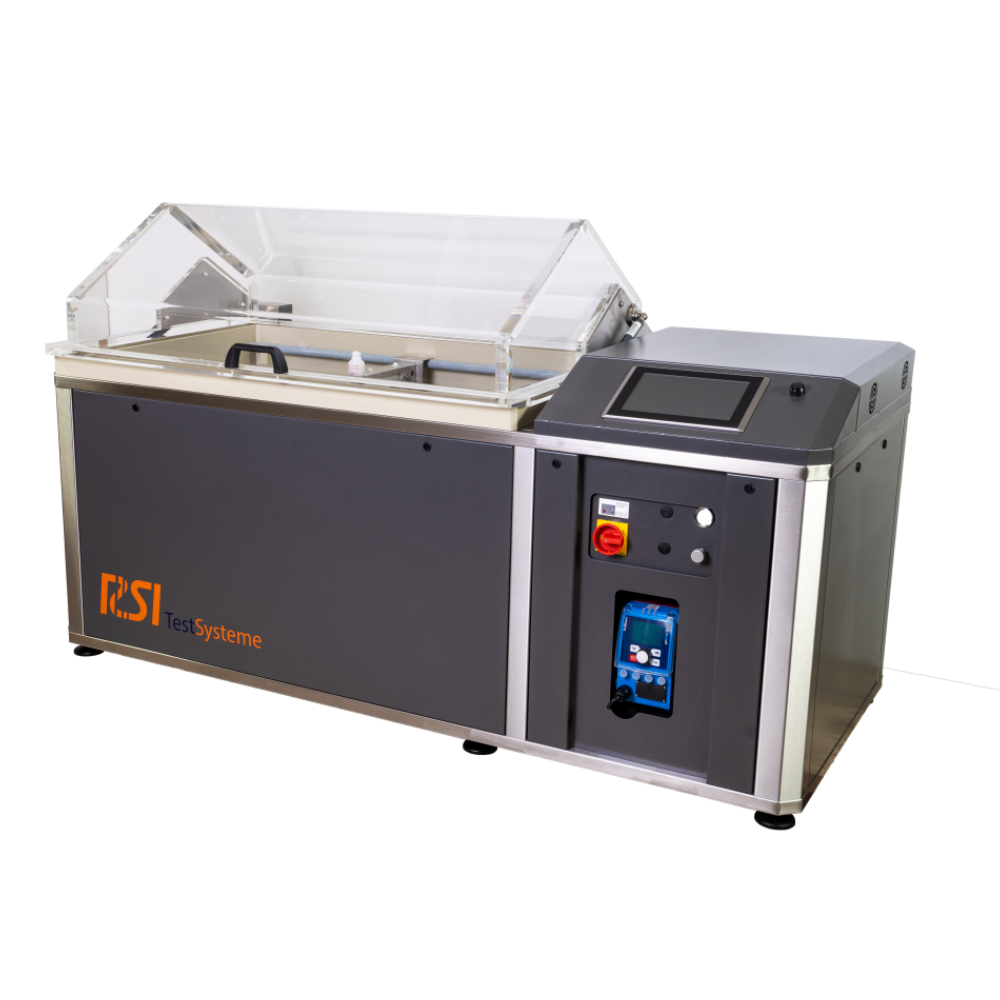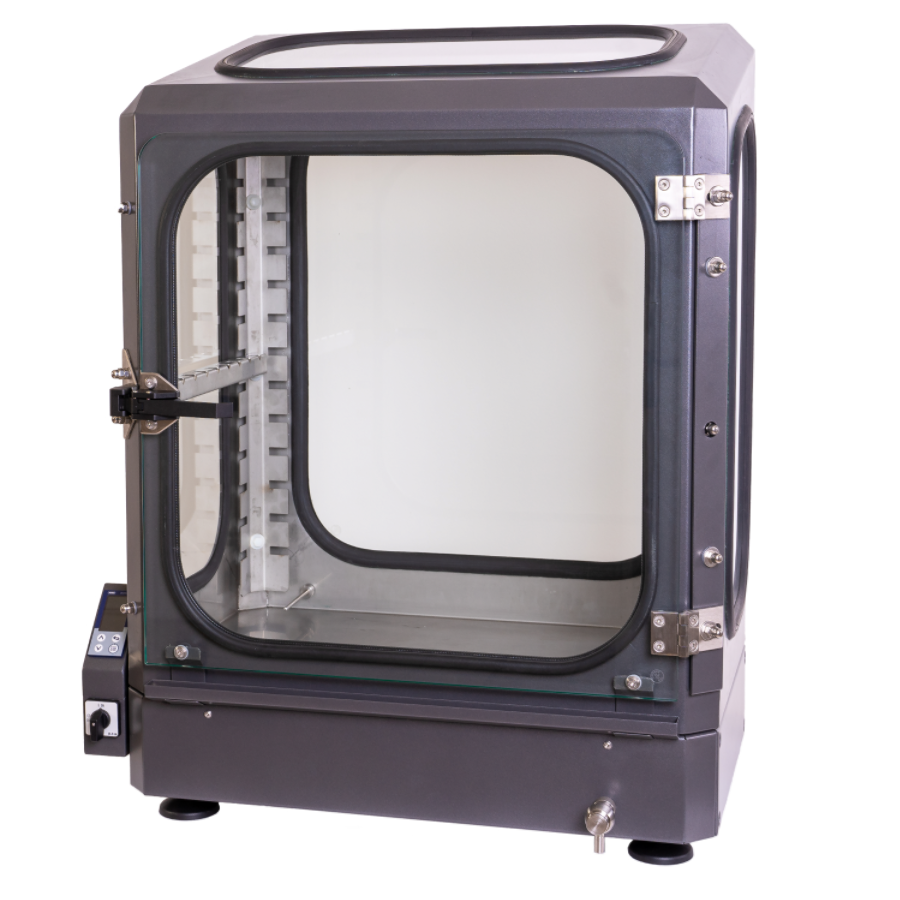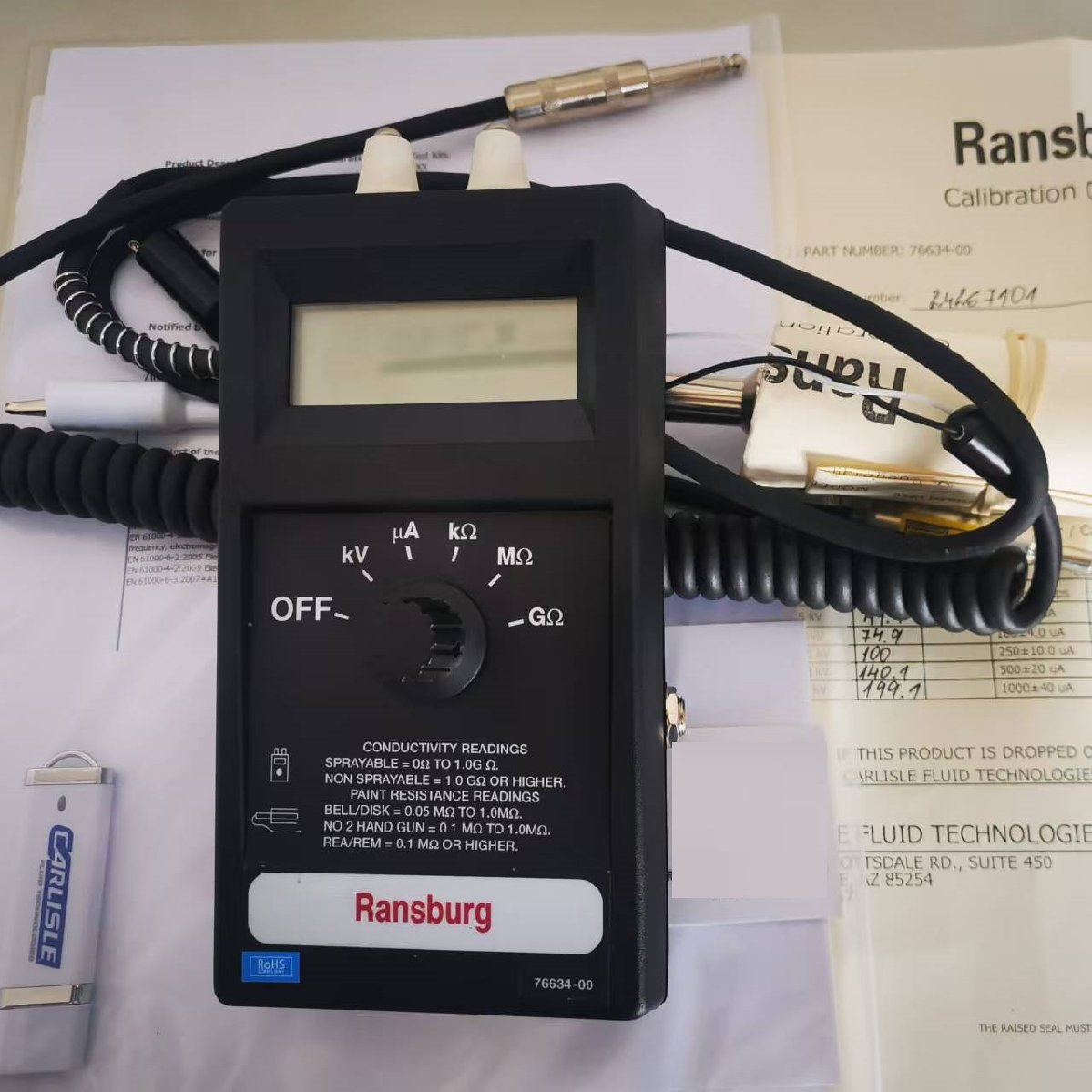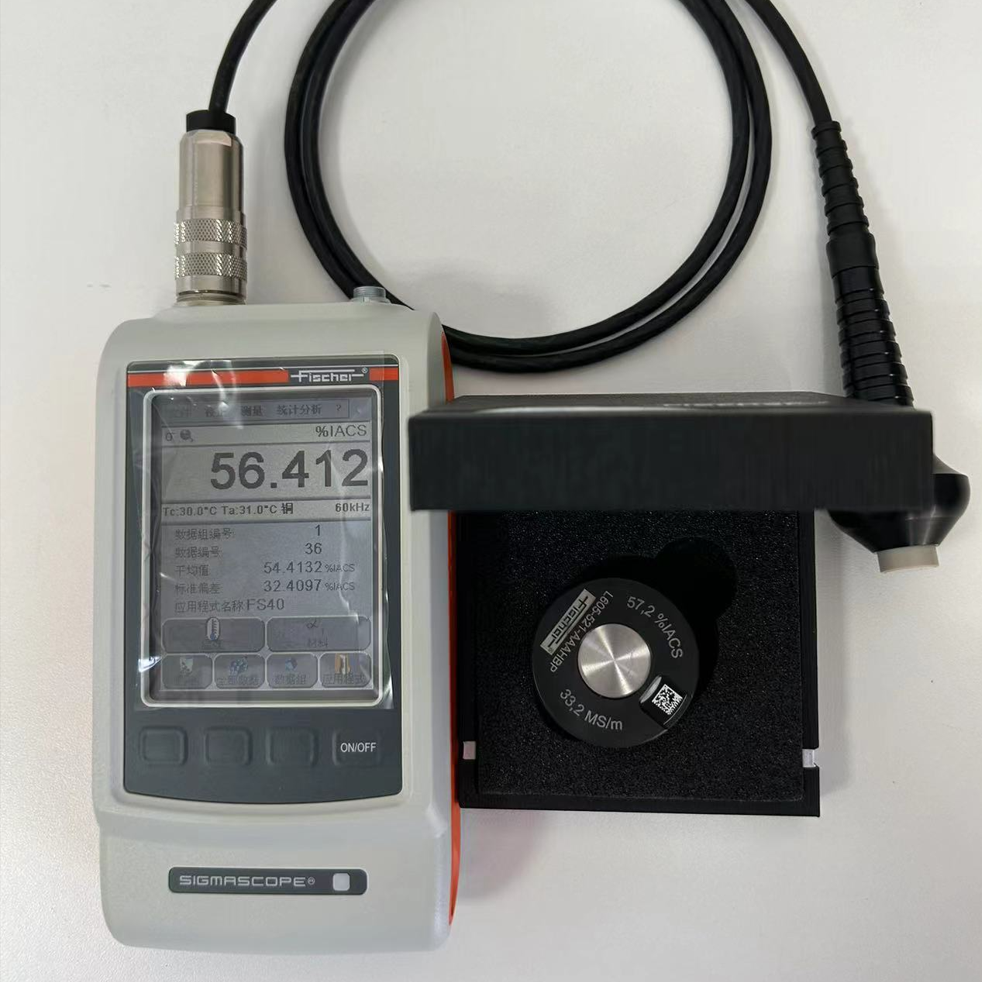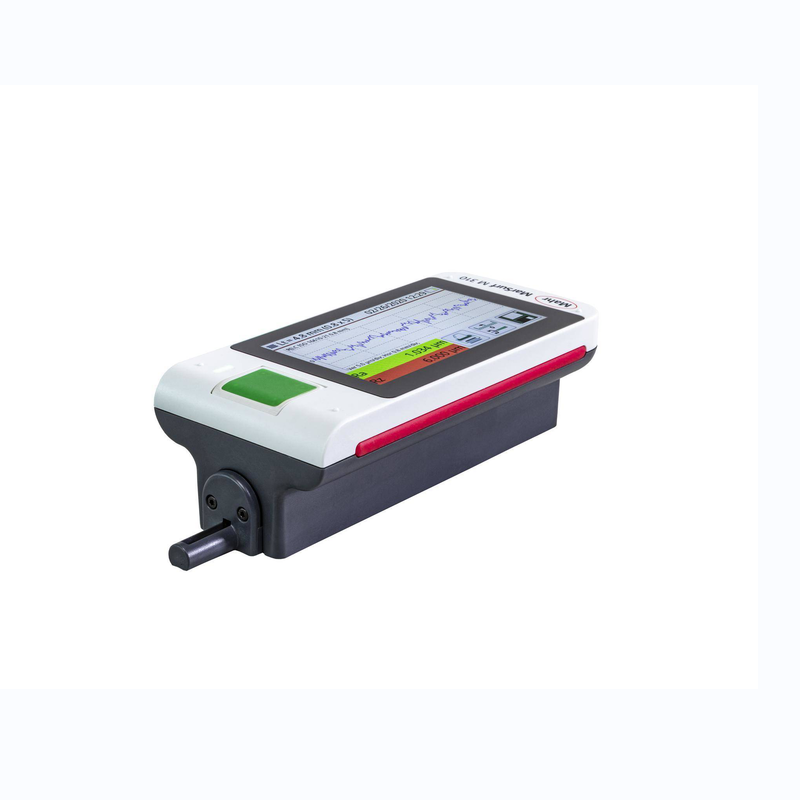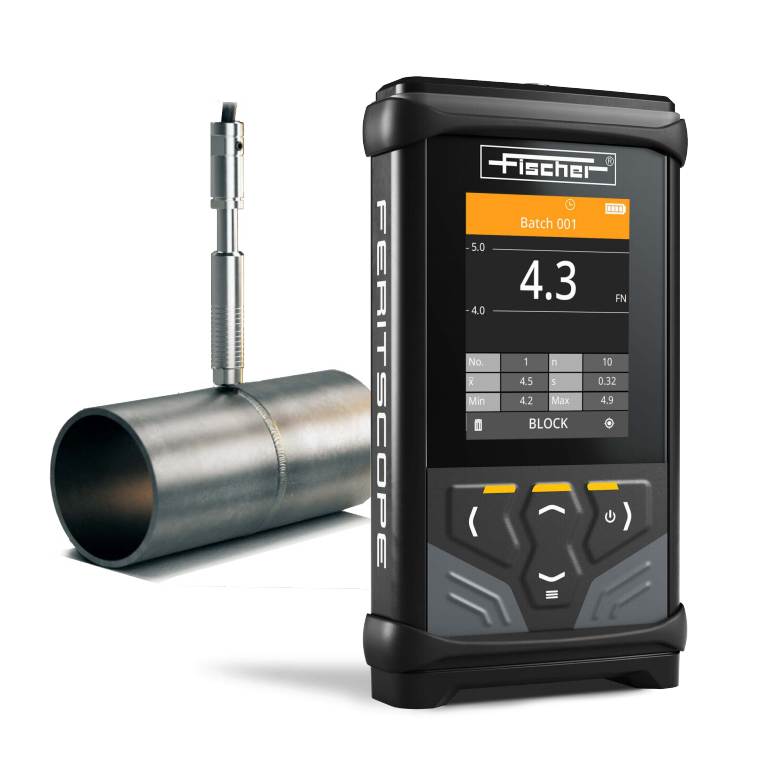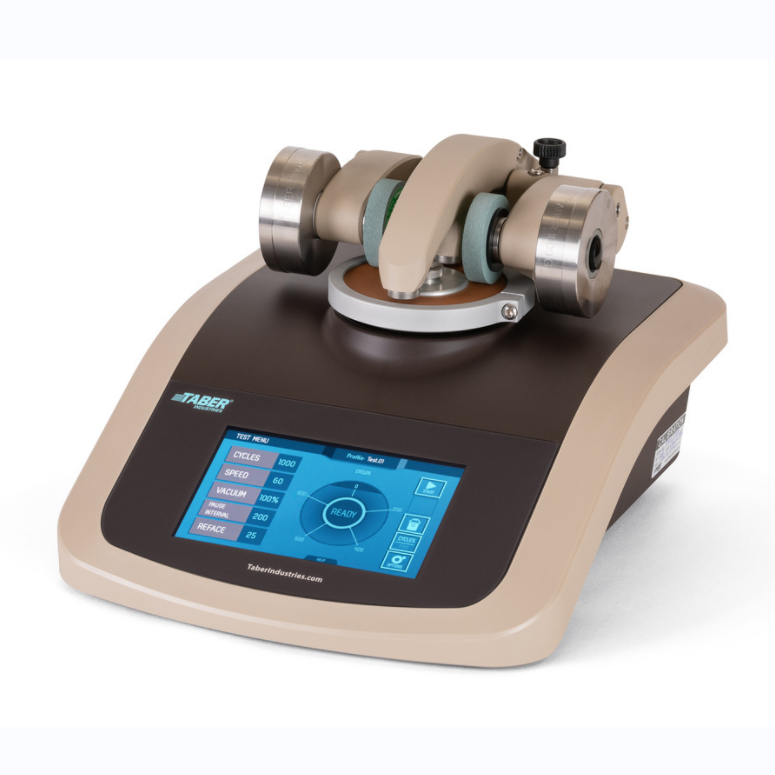- 技术文章
PV1503大众汽车标准高压蒸汽喷射油漆
2018-01-16 22:01:45 来源:上海鼎徵仪器仪表设备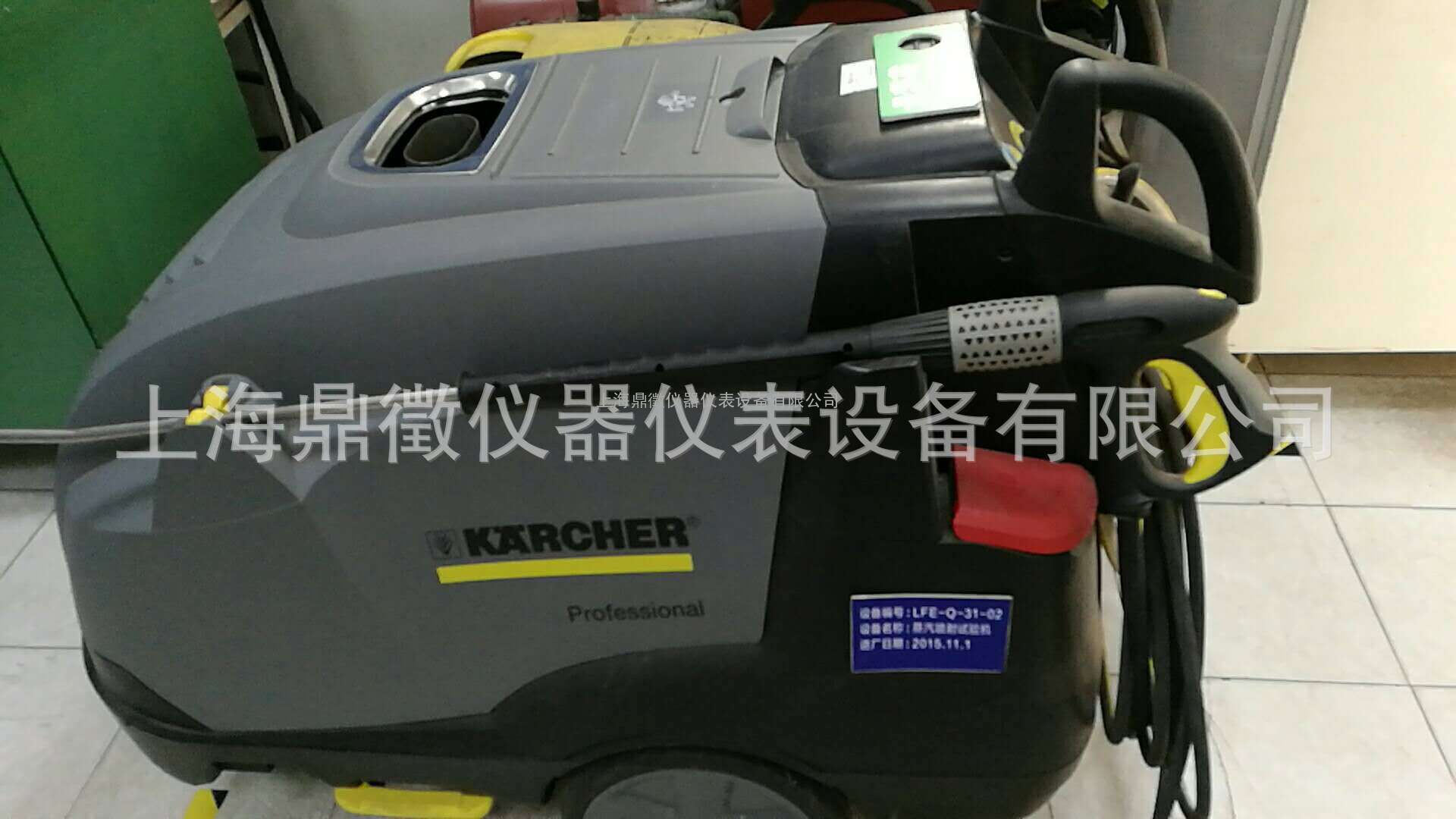
Changes The following changes have been made as compared to Test Specification PV 1503, 1998-02: Standard completely revised Contents of PV 1504 added
Previous issues PV 1503: 1987-10; 1996-12; 1998-02; PV 1504: 1990-10
1 Scope This standard describes a procedure to determine paint adhesion on metallic and non-metallic materials. It simulates the stresses produced when surfaces are cleaned with a steam jet using two different tests: Test A: flat angle of jet along the two intersecting legs of the St. Andrew's cross (see Figure 1) Test B: steep angle of jet in the center of the St. Andrew's cross The test to be used shall be agreed with the responsible engineering department.
2 Description Steam jet test according to PV 1503A, or steam jet test according to PV 1503B.
3 Test method
3.1 Equipment and auxiliary equipment Steam jet (e.g. Kärcher or NIFAB) Painted non-metallic parts (e.g. bumper and mirror housing) Painted metallic exterior parts and parts of the chassis Scratch marker per van Laar and Clemen according to DIN EN ISO 7253 Cutter (e.g. Edding, cutter ML 18)
3.2 Specimen preparation
3.2.1 Unloaded steam jet test (as-received condition) Conditioning of painted plastic parts for 48 h at 50 °C or 24 h at 60 °C followed by aging in the DIN 50 014 – 23/50-2 standard climate. Conditioning of painted metallic exterior parts and parts of the chassis for 24 h in the DIN 50 014 – 23/50-2 standard climate.
3.2.2 Steam jet test after loading (e.g. 240 h according to DIN 50 017 KK) Conditioning of the specimens before the steam jet test after loading (e.g. 240 h according to DIN 50 017 KK). Acclimatization of the plastic parts for 24 h in the DIN 50 014 – 23/50-2 standard climate.
3.3 Test conditions and setting parameters See Table 1.
1 Parameter PV1503A PV1503B 1 Preset working pressure (depending on device type and hose length) (90 ± 5) bar 2 Outlet temperature measured 10 cm from the nozzle (60 to 70) ℃ 3 Impact pressure measured 15 cm from the nozzle at an angle of 90° (19 ± 2) N 4 Nozzle type depending on device manufacturer Spraying Systems TP2505 EG NIFAB 2506 5 Distance from nozzle to specimen = 15 cm To be used for paint coatings of any type on plastic and metal on the exterior of the vehicle (requirements according to Technical Supply Specification). 6 Distance from nozzle to specimen = 5 cm To be used for low-temperature paint coating (e.g. 90 °C) on all substrates, see No. 12 for control limit, paint flakes 7 Distance from nozzle to specimen = 2 cm To be used for high-temperature paint coating (140°C); control limit and requirement as for No. 6. 8 Angle of jet 45° 90° 9 Duration of spraying Spraying acc. to Figure 1 1 x 20 s, slight swinging movement, even spraying above the point of intersection of the St. Andrew's cross. 10 Nozzle alignment Along the intersecting legs of the St. Andrew's cross Point of intersection of the St. Andrew's cross on the specimen 11 Spray pattern (check of the setting parameters) Material to be used: Styroform RTM from Stadur-Süd GmbH, procedure according to 3.4.1 12 Control limit Paint flakes ≥ 3 mm² and an acceptable test result at 15 cm (distance from nozzle to specimen) indicate a test result that is still acceptable. However, the paint adhesion of the specimen must be optimized and the specimen must be resubmitted.
3.4 Procedure
3.4.1 Check of the spray pattern The spray pattern is checked using an extruded polystyrene hard foam (see Section 3.3, Table 1, No. 11) with a closed cell structure and flame-retardant additive. The Styroform block is placed in a clamp and the test is carried out with a distance of 12 cm between the nozzle and the block. The penetration depth of the spray jet shall not exceed 5 mm and the spray pattern length shall not exceed 10 cm.
3.4.2 Procedure with specimens A crosscut (St. Andrew's cross) is made in the specimen according to DIN EN ISO 7253 (the paint structure must be scribed down to the substrate). The specimen is then subjected to the steam jet under the conditions specified in Section 3.3.
3.5 Evaluation The specimen is visually inspected for any evidence of detachment of the paint surface after spraying with the steam jet. The evaluation is based on the degree of damage (length of the detached area at the St. Andrew's cross in mm). Minor flakes up to 1 mm caused by bad cutting at the crosscut will be disregarded from the evaluation.
4 Referenced standards*)
DIN 50 014 Climates and their Technical Application; Standard Atmospheres
DIN 50 017 Atmospheres and their Technical Application; Condensation Water Test Atmospheres
DIN EN ISO 7253 Paints and Varnishes – Determination of Resistance to Neutral Salt Spray (Fog)
-
 上海鼎振仪器设备有限公司
上海鼎振仪器设备有限公司咨询热线 13472521719 内容声明:谷瀑为第三方平台及互联网信息服务提供者,谷瀑(含网站、客户端等)所展示的商品/服务的标题、价格、详情等信息内容系由店铺经营者发布,其真实性、准确性和合法性均由店铺经营者负责。谷瀑提醒您购买商品/服务前注意谨慎核实,如您对商品/服务的标题、价格、详情等任何信息有任何疑问的,请在购买前通过谷瀑与店铺经营者沟通确认;谷瀑上存在海量店铺,如您发现店铺内有任何违法/侵权信息,请在谷瀑首页底栏投诉通道进行投诉。上海鼎振仪器设备有限公司 电话:021-32535039 手机:13472521719 地址: 上海市嘉定区德富路1198号803室太湖世家国际大厦
 扫一扫,手机浏览
扫一扫,手机浏览
